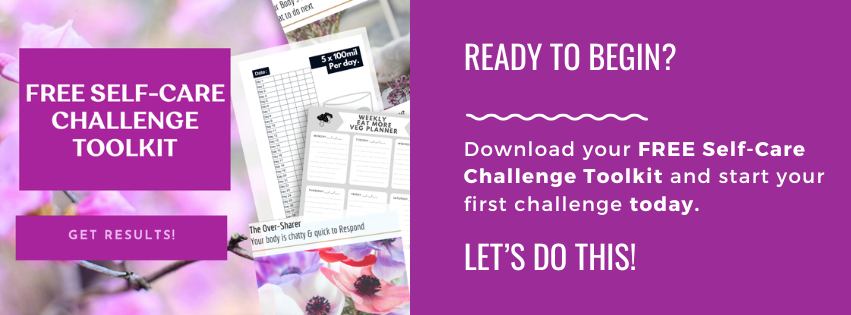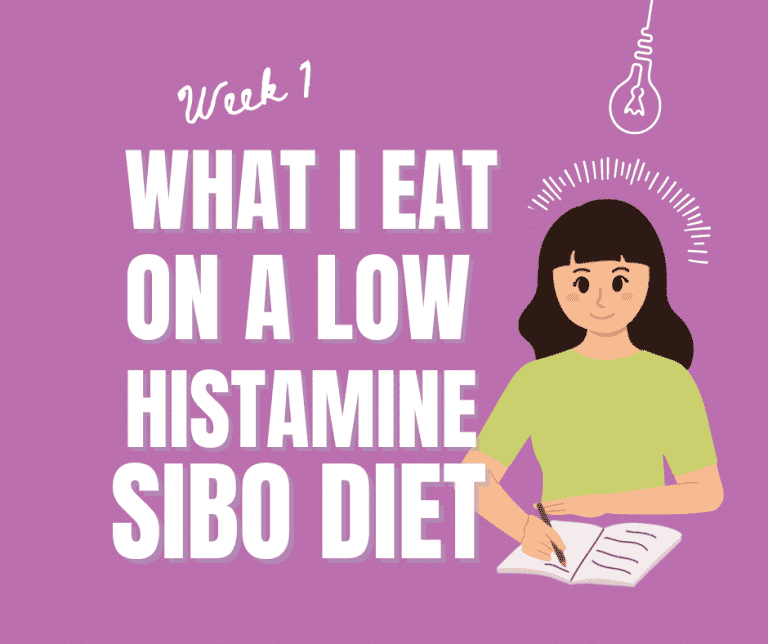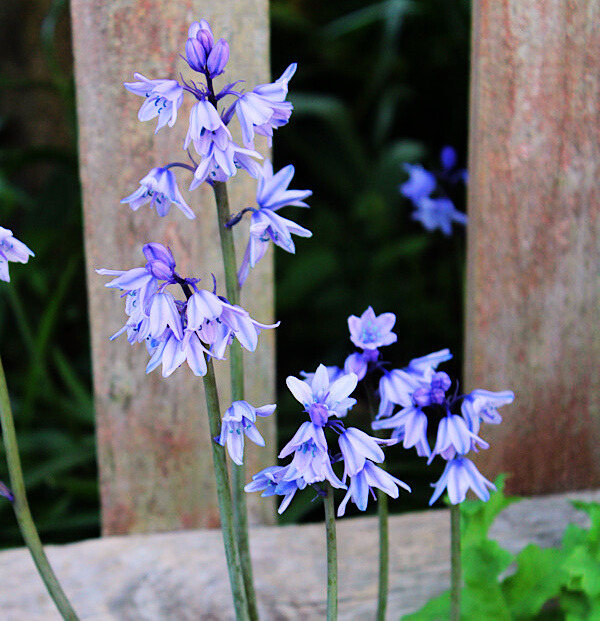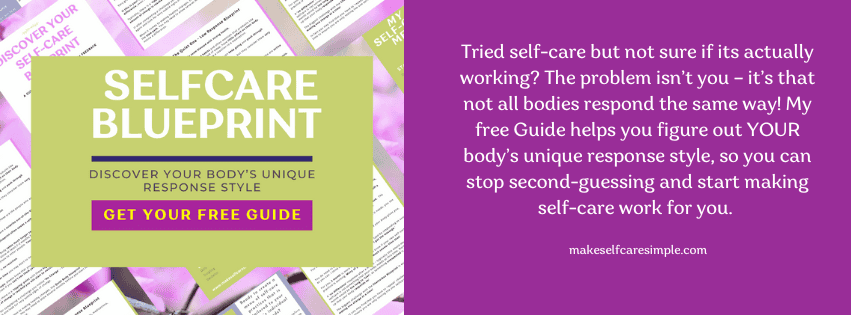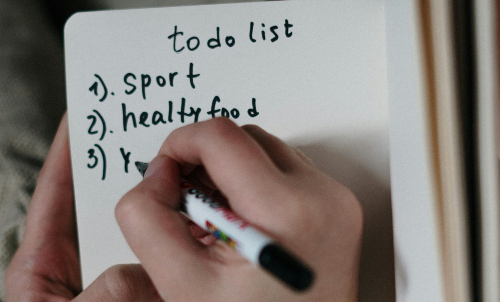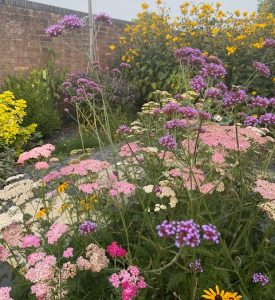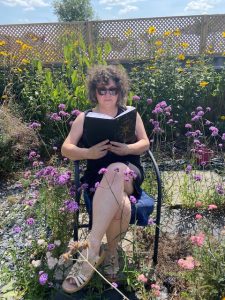This is my personal journey to heal myself from both SIBO and Histamine Intolerance that were part of my Long Covid diagnosis. In this blog post I share what I did next after recieiving a positive test for SIBO. Including what I could eat on a low fodmap histamine diet.
I was so relieved to finally have a concrete diagnosis after taking the SIBO test. After years of being told my results were ‘fine’ and ‘normal’, even though I didn’t feel fine or normal a positive results for Hydrogen SIBO felt like progress.
Of course I couldn’t know what was ahead of me – but I remember feeling positive and hopeful.
Histamine intolerance – really overload – (reactions) causes me various unpleasant and unexpected symptoms and SIBO explained a new uncomfortable swelling in my upper stomach – both conditions are linked to each other and Long Covid – you can read more HERE
The private test I paid for included not only the test results, but a 7-minute personal video and healing plan.
My results took about 2 weeks to come back and I made the most of this time.
I spent a lot of this time researching and making lists of foods that are low in both histamine and fodmaps (SIBO)
There is a LOT of information about foods, diet and recipes for low Histamine OR FODMAP but very little about what to eat when you need foods that are low in both!
My low fodmap histamine foodlist list was not very long.
Blueberries are about the only fruit. The only sweetener I could find was pure stevia drops (which I reacted to) or tiny amounts of Maple Syrup.
Nutbutter is essential for many of my recipes and the allowed list includes Pecan (quite bitter) Macadamia nuts (lovely!) and Hemp and Pumpkin seeds.** Check amounts and individual sensitivity. This is enough to enjoy milks, dressings, smoothies and treats!
Potatoes, parsnips, swedes, courgettes, broccoli, carrots, lettuce, kale and cucumber are the main vegetables. Onions are problematic, you can test just the green part of spring onions and leeks, and garlic olive oil.
Rice, oats and quinoa make up the grains. I struggle with rice.
Plain cook from scratch meat, fish and maybe eggs are OK – but if they have anything added they are not allowed. Also you have to freeze and defrost just before you cook. No left-overs hanging around. I had to avoid eggs and my weekly shop included (plain) roast turkey, chicken and salmon. With occassional red meat.
Olive oil and Ghee are both acceptable to cook with. I did get myself some garlic olive oil but had to only add drops to avoid any reaction. I read that full fat Mayonnaise is OK in small amounts ? – I found a brand that I tolerated (thank goodness) watered down to start with.
Vinegar and lemon juice are high in histamine and fodmap and after a lot of research I got myself Verjus** – sour unripe grape juice which in small amounts might be tolerated and tastes like a mellow vinegar.** Update I started to react
Many spices are high histamine and some herbs are high fodmaps so you have to proceed with caution.
Ginger is your best friend for flavour and to soothe your symptoms, to this you can add Turmeric, Cardamom and Lemon Grass.
Chamomile and Hibsicus and many other herbal teas are not allowed. But a pinch of dried herbs as seasoning I think is ok.
Is low histamine and fodmap Foodie Hell?
When I was researching how limited my food choices were – it did feel like foodie hell.
But I decided to focus on what I could eat and how I could adapt traditional recipes.
This was definitely a time to work on my mind-set because any hope of healing was on the other side of weeks/months of this diet.
They call it delayed gratification, go without now so you can enjoy later on.
This was not my forever food plan.
Aim for 90% Clean Eating
I aimed for 90% Clean. I included 2 weak cups of green tea, also a dash of almond milk twice a day in my rooibos tea. Once a week I had a Thai green curry and took an extra DAO capsule as I had already found that my body did not react to this. To start with I had watered down full-fat mayonnaise.
The problem is that I was reacting a LOT to things like body products, scents, chemicals, pollen and supplements.
Which wiped me out and while the diet is hugely beneficial it does take effort which you might not have in the beginning
Which is why, despite not being a good cook at all, with questionable taste buds, I have decided to share my recipes.
My Low Histamine/Fodmap Weekly Meal Plan
So here is my simple weekly food plan that is BOTH low histamine and fodmap – suitable for those suffering Histamine overload allergies and intolerances, MCAS, SIBO, Bacterial overgrowth, Gut Issues, with Fatigue
**I’m not a cook – so no measurements or detailed instructions!!!
Oats with Blueberries

I make an overnight oats version that only soaks for a couple of hours or heat gently and serve
- I soak the oats and blueberries in ginger tea
- I add macadamia or Pecan nut butter
- Swap oats for rice flakes or quinoa
- Add Stevia or maple syrup to taste
**I can’t tolerate stevia, and find macadamia nut butter sweet enough – but will add a tiny drop of maple syrup with Pecans which I find bitter
Blueberry Smoothie
More or less the same as oat recipe but I replace the oats with allowed greens such as lettuce, cucumber, kale.
Simply blend with cold ginger or mint tea.
This is very useful if the bowel slows down.
Salad, Protein and Potato

This is low fodmap histamine Spanish frittata – eggs and potato with lots of herbs **If you can tolerate eggs
I have potato/protein most days with a large salad!
- Potato can be oven chips, jacket spud, new potatoes
- Protein can be allowed plain poultry, meat or fish, frozen then defrosted in portion sizes.
- Eggs – if tolerated
- Salad is lettuce, shredded cabbage, cucumber, grated carrot
Finding a low histamine/fodmap salad dressing is almost impossible! I found that I can tolerate watered down shop-bought mayonnaise. You can use extra virgin olive oil with salt and pepper (helps with constipation). All vinegars and citrus are high histamine – some people can tolerate apple cider vinegar or distilled white vinegar. And most fruits are high fodmaps.
** Fresh lemon juice will be one of the first foods I ‘test’ back into my diet
Vegetable & Protein
So the goal here is to eventually find a gravy or sauce that you can tolerate.
Protein is again from the allowed plain poultry meat or fish list – frozen and defrosted in portion sizes. Eggs if tolerated. My choices include chicken, salmon, turkey with occassional lamb or beef.
My vegetable choices, which I mix and match include:
- Broccoli and Carrots
- Parsnip mash
- Swede and Carrot mash
- Sauted Cabbage
- *Kale – to be included
- *Roasted Radishes – to try!
If tolerated you can add ghee or drizzle olive oil. I season the vegetable water and add herbs and then save some when I drain the veg to make the mash or as a ‘jus’. Or you can save your protein juices as a ‘gravy’. I have found that I can tolerate shop-bought stock and gravy – after first taking a break and then ‘testing’.
Low fodmap/histamine Pesto/dressing
I didn’t want to leave you without sharing this idea! Parmesan and lemon juice are not low histamine or fodmap, nor is yeast flakes.
A low fodmap/histamine Pesto made with:
- Fresh Basil, Mint, Parsley or Coriander (Cilantro) leaves
- Macadamia or Pecan nut(butter), or Hemp seed or Pumpkin Seed
- Extra Virgin Olive Oil or garlic infused oil
- Seasoning (Opt chopped green onion leaves or chives)
Blend everything except the oil, which you add slowly. This can be adjusted to use over salad or meat and veg. When I’ve experimented a bit more I will share better details!
Simple Selfcare Tip!
Cook in bulk and freeze in portion size. There will be days when you feel too poorly to cook. Or days that go wrong when you have no time. Trust me it’s worth bulk cooking on ‘good’ days.
I plan to add more recipes but hope this provides ideas to get you started.
Next find out what my first steps were after testing positive for SIBO in week 2 HERE
If nothing else I hope this gives you an idea of what to expect if you suspect Histamine SIBO is the cause of any of your symptoms. Check the start of my journey here.
Developing a self-care practice around my personal healing journey was not only a powerful tool but incredibly empowering. Why not let me help you create your own menu of self-care practices?
